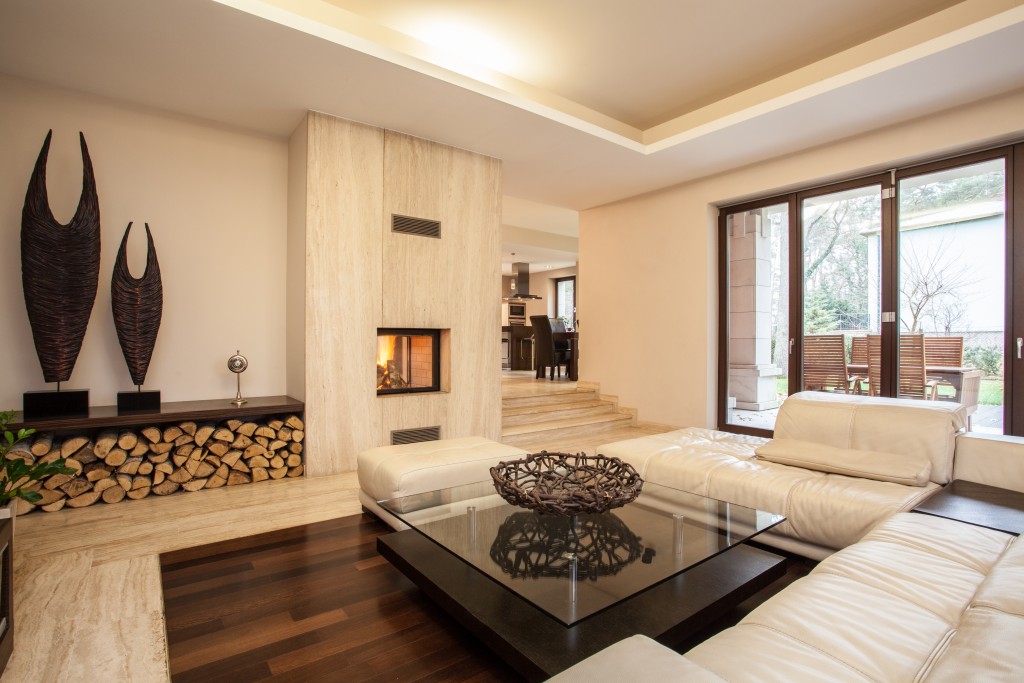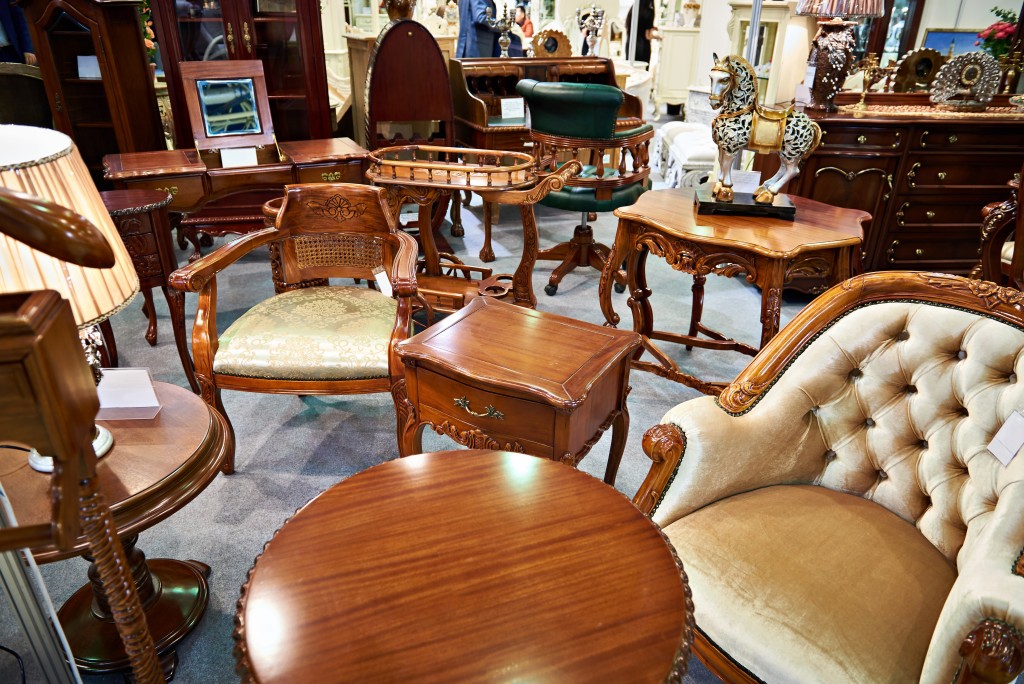Purchasing antique items can be rewarding, and there’s nothing quite like the excitement of finding a beautiful and unique piece that fits in seamlessly with your home. Just like how you need to consider a couple of things when making significant investments like a CNC machine for your workshop or a cardboard shredder at home, you also need to do the same with your antiques.
Here’s a quick guide to help you find the best antique decor for your home.
Know the Different Periods
If you’re looking to purchase antiques, you should be able to tell between the different periods of each item to help you see what’s fake and what’s not — and help you talk with antique dealers confidently, allowing you to grab great bargains. Plus, it can help you determine which styles work best for your home.
Here’s how you can check for it:
Check Furniture Thoroughly
Whether you’re buying a decorative piece of furniture like a small bedside table or functional ones like a couch, you’ll notice most antiques have irregularities on their surfaces. If you see an item that’s too ‘perfect,’ it’s likely made after 1860 as most machine-made pieces started coming out after that year.
Examine Upholstery Fabrics
Using different types of wood back then were common, and the same goes for upholstery fabrics and patterns. So make sure to look for these patterns to help you identify an item’s age more accurately.

Look for Matching Elements
Antique items tend to have matching elements, such as using drawing handles for the feet. Although they may have a different shape, they still resemble the same thing. However, if you see a product that’s too ‘uniform,’ chances are it’s made from a machine.
Spotting Fake Items
Nobody wants to splurge on an ‘antique’ item to find out later that it’s not real. Below is how you can spot fake vintage goods.
- Wood – If you’re looking to make significant investments in antiques, furniture is often a number one choice for many enthusiasts. When shopping for furniture, older ones consist of more than one type of wood, so make sure to look out for that.
- Upholstery Stuffing – Synthetic ‘stuffing’ wasn’t introduced until the 1920s. So, original pre-1920 upholstery should have natural filler made from items like horsehair.
- Odour – Newer items tend to smell newer, mostly if made from wood, as the product is still discernible.
Where to Buy Antique Items
Here are some of the best places to buy genuine antique items from:
- Antique Centers – This shop is ideal for newbies looking to join in the antique scene, as these centers typically gather reputable dealers, helping you be confident that all their offers are real.
- Flea Markets – When searching for antique items in flea markets, you’ll likely need to do a lot of sifting to find authentic antique items, but now and then, you may find something special.
- Charity Shops – This type of store is excellent for getting lower-end antique items as donated items typically get vetted first by local antique dealers, but bargains may slip through nonetheless.
You don’t need to be rich to enjoy or purchase antique items; it’s possible to find excellent antique pieces that suit even the smallest budgets. All you need to do is be a treasure hunter, go to events a few hours earlier, be open to anything, and follow the tips mentioned.

